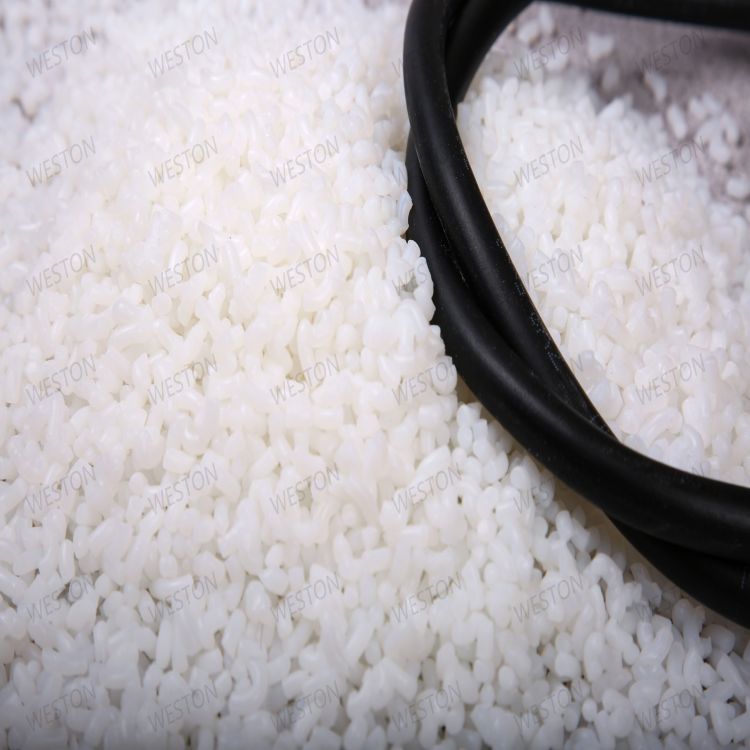-
Categories
-
Pharmaceutical Intermediates
-
Active Pharmaceutical Ingredients
-
Food Additives
- Industrial Coatings
- Agrochemicals
- Dyes and Pigments
- Surfactant
- Flavors and Fragrances
- Chemical Reagents
- Catalyst and Auxiliary
- Natural Products
- Inorganic Chemistry
-
Organic Chemistry
-
Biochemical Engineering
- Analytical Chemistry
- Cosmetic Ingredient
-
Pharmaceutical Intermediates
Promotion
ECHEMI Mall
Wholesale
Weekly Price
Exhibition
News
-
Trade Service
10.
3 my country's pipeline water supply water treatment technology
Pipeline water supply water treatment technology is based on conventional water treatment, and then advanced treatment to improve drinking water quality
.
In fact, the water treatment technology for pipeline water supply includes two aspects: advanced drinking water treatment technology and water disinfection technology
10.
3.
1 Advanced treatment technology for pipeline water supply
Common advanced drinking water treatment technologies include membrane filtration, photodegradation, biological activated carbon, and advanced oxidation
.
From the perspective of the development process of pipeline water supply in China, for urban pipeline water supply, because the water treatment flow of this mode is relatively large, generally above 10×10 4 m 3 /d, the water treatment process is mainly used The combined process of "conventional treatment of ten ozone activated carbon + biological activated carbon", such as the Guangzhou Nanzhou Water Plant with a daily production of 100×10 4 m 3 and the Hangzhou daily production of 10×10 4 m 3 water purification plant, used this method.
This process produces turbidity, CODMn, NH 4 + -N and NO 2 -- N with removal rates of >99.
25%, 57%~77%, 61%~99.
7%, 99.
74%, respectively
.
The effluent quality can meet the requirements of "Purified Drinking Water Quality Standard" (CJ94-1999)
For the district pipeline water supply project, due to the relatively small water treatment capacity, the water purification production capacity generally ranges from a few m 3 /d to a few hundred m 3 /d.
Therefore, the membrane filtration advanced treatment technology is the most widely used
.
At present, the advanced treatment process of pipeline water supply by quality is: source water (tap water) → sand filtration → activated carbon filtration → micro filtration → fine filtration → membrane filtration → disinfection → user
In the advanced treatment process, membrane filtration is currently the most advanced water treatment technology in the world.
It has a good removal effect on both inorganic and organic pollutants in the water.
It has become the main method of advanced drinking water treatment technology in developed countries.
Also began to develop in this regard
.
At present, the most mature products of membrane technology mainly include ultrafiltration membranes, nanofiltration membranes and reverse osmosis membranes
① The three combined processes of NF, RO and RO+NF can remove 85%~90%, 90% and 90% of TOC in tap water respectively
.
② NF and RO+NF combined process have no obvious effect on pH value, but RO combined process has obvious changes in pH value.
After RO treatment, regardless of the source water pH value, the effluent pH value is around 5.
5
.
③The removal rate of nitrite by NF, RO and RO+NF is 70%~80%, >96% and 90% respectively; the removal rate of ammonia nitrogen is slightly higher, 85%, 99% and 92% respectively
.
④ For the removal effect of total hardness, alkalinity, dissolved solids, residual chlorine and other inorganic salts, the removal rates of NF, RO and RO+NF are about 40%-50%, 95% and 65% respectively
.
⑤The removal rate of PAHs , phenols and pesticides is 95.
92% and 100% for NF process; 96.
3% and 100% for RO process; 96% and 100% for RO+NF combination
.
Therefore, even if the semi-volatile and non-volatile organic compounds in the source water exceed the standard, these three processes can be used to control them at a lower level
⑥The removal rates of volatile components (VOCs) by NF, RO and RO+NF are 80%-85%, 90% and 90%, respectively
.
⑦The removal rates of NF, RO and RO+NF to heavy metal elements are 50%, 95% and 75% respectively
.
It can be seen that the three advanced treatment processes of NF, RO and RO+NF have very obvious effects on improving the quality of drinking water
.
In addition to studying the technical indicators of the three processes, the economic indicators of the three processes are also studied
It can be seen from the above that the RO+NF combined process will become the mainstream water treatment process for pipeline water supply.







